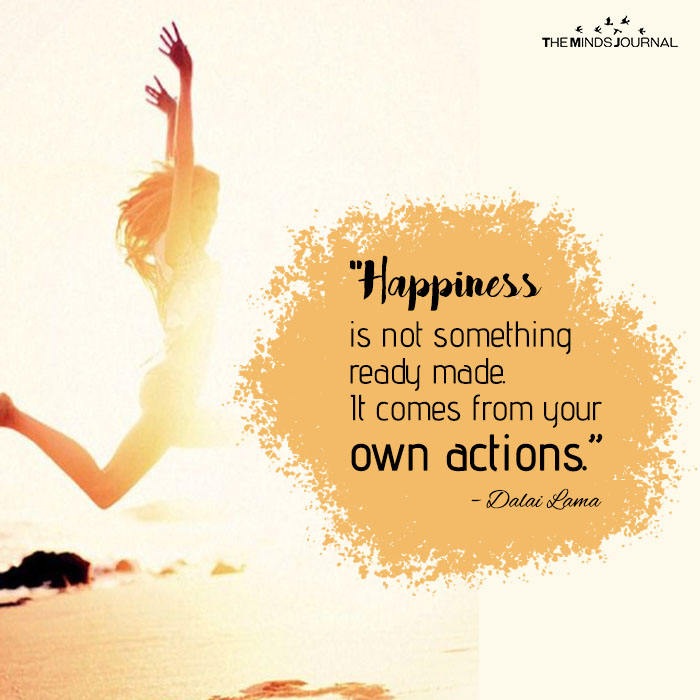When we think of happiness, we often imagine a single destination—but well-being isn’t that simple. In reality, there are multiple types of well being, each shaped by our current stage of personal development.
As our worldview evolves, so do our beliefs, priorities, and the kind of happiness we seek.
This article explores how different stages of awareness give rise to distinct types of well being, offering a deeper understanding of why our needs and definitions of happiness change over time.
KEY POINTS
- Each type of well being flows from our current worldview—and our worldview changes across time.
- When we seek the well-being of our current stage, we have the opportunity to recognize the emptiness in it.
- During stage transition, there is often a period when happiness and well-being cannot be found anywhere.
Did you know that there are multiple types of well being? Each type of well being flows from our current worldview—and our worldview changes across time (e.g., Cook-Grueter, 2014).
Beliefs tend to be the first psychological process that emerges from our worldview. For more detail, here are the general beliefs—related to happiness or well-being—that emerge at each stage of adult development.
This gives you a general idea of how people in each stage might pursue happiness and well-being.
- Red Stage Belief: If I can just meet my own immediate needs, I’ll be happy.
- Orange Stage Belief: If I am fully accepted by my peer group, I’ll be happy.
- Yellow Stage Belief: If I can just take the right actions, I’ll be happy.
- Green Stage Belief: If I can just create the right outcomes or emotions, I’ll be happy.
- Teal Stage Belief: If I can just understand myself and my world, I’ll be happy.
- Blue Stage Belief: If I can just undo negative personal and societal patterns, I’ll be happy.
- Indigo Stage Belief: If I can just be aware and accepting of everything, I’ll be happy.
- Violet Stage Belief: Happiness is.

Although each of us differs somewhat in our definitions and experiences of happiness, this provides a general overview of the type of “happiness beliefs” in each developmental stage.
Related: Ryff’s Model of Psychological Well-being: How Happy Are You?
Types of Well Being
Given our beliefs at each developmental stage, different types of well being become higher priority when we are in different stages (e.g., Cook-Grueter, 2014).
Here are the types of awareness and the type of well being that is prioritized at each stage:
- Red: awareness of body > body-based well-being
- Orange: awareness of social interactions > socially based well-being
- Yellow: awareness of behaviors or actions > action-based well-being
- Green: awareness of emotional experiences or outcomes > outcome-based well-being
- Teal: awareness of thoughts and perspectives > thought-based well-being
- Blue: awareness of beliefs > belief-based well-being
- Indigo: awareness of awareness > awareness-based well-being
- Violet: awareness of oneness > oneness-based well-being

Evidence From Mental Health Treatment
In the 1970s, behavioral therapy was the most popular psychological treatment (Hayes & Hofmann, 2017).
This, being a treatment that focuses on changing behaviors or actions, is a treatment that would likely be most helpful for people in the yellow stage to boost well-being.
Interestingly, in the current era, the most popular treatment is cognitive behavioral therapy (CBT). This treatment focuses primarily on thoughts (and how thoughts lead to emotions and behaviors).
This suggests that Western society is now beginning to support the movement of people into the teal stage.
Moving Beyond the Well-Being of Each Stage
To enhance well-being within each stage, our goal is to experience the stage fully and enjoy the type of well being it has to offer. Depending on our speed along the path to well-being, we may stay in a stage for a short or long period of time.
Usually, though, the well-being of our current stage becomes less and less satisfying. As the type of well being becomes less satisfying, we may compulsively seek it more and more (e.g., more pleasure, more approval, more skills, more achievements, etc., depending on the stage we’re in).
Because this type of well being is the best one that we are aware of, and we haven’t yet found the more expansive type of well being that lies beyond it, we can end up feeling stuck or trapped by the awareness of our current stage.
The feeling of “getting stuck” can often be quite painful (e.g., O’Fallon, 2010). But, each time we seek the well-being of our current stage, we have the opportunity to recognize the emptiness within it.
If we are willing to bring awareness to and fully experience this emptiness, this breaks the “spell,” and we begin to transition to the next stage.
Related: In Search of Happiness: Why All I Need Is Living a Mediocre Life
During this transition, there is often a period of time when happiness and well-being can not be found anywhere (Sayadaw, 2016)—we have already seen through and let go of the current source of well-being, but we have not yet found the more expansive type of well being that lies beyond.
Eventually, we find and begin to experience the more expansive type of well being, which generally feels even better than the previous type.
References:
Learn more at https://www.berkeleywellbeing.com/path-to-well-being.html
Cook-Greuter, S. (2014). Ego development: A full-spectrum theory of vertical growth and meaning-making. mimeo, Wayland.
Hayes, S. C., & Hofmann, S. G. (2017). The third wave of cognitive behavioral therapy and the rise of process‐based care. World Psychiatry, 16(3), 245.
O’Fallon, T. (2010). The evolution of the human soul: Developmental practices in spiritual guidance. Excerpt from Masters in Spiritual Direction.
Sayadaw, M. (2016). Manual of Insight. Simon and Schuster.
Written By Tchiki Davis, Ph.D.
Originally Appeared On Psychology Today










Leave a Reply